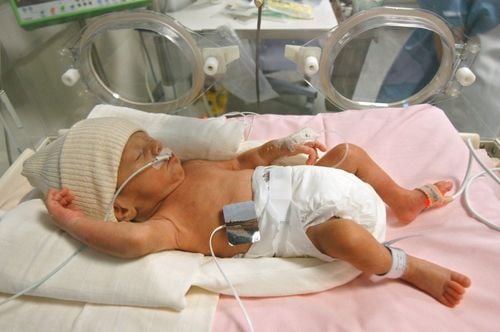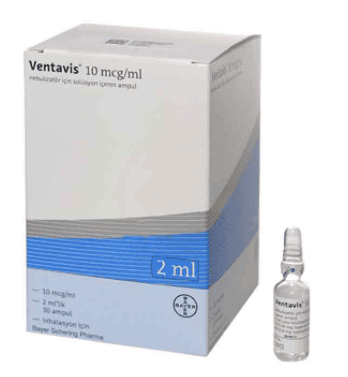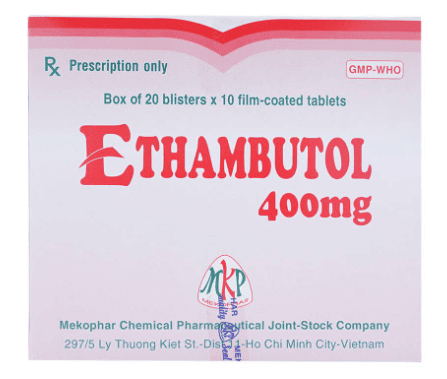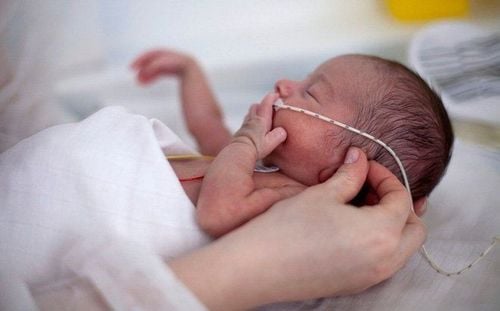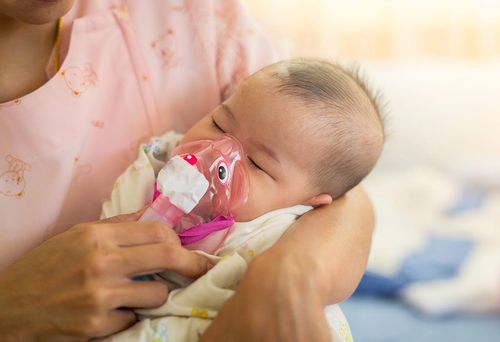This is an automatically translated article.
In people with chronic lung disease, proper treatment and regular, moderate exercise will help the respiratory muscles work more effectively, the body more supple and healthy. At the same time, the rehabilitation treatment of chronic lung disease by increasing exercise also helps to improve the body's resistance, fight osteoporosis and effectively fight muscle and joint atrophy.1. An overview of chronic lung disease
Chronic Obstructive Pulmonary Disease (COPD) is a common respiratory disease, characterized by narrower airways than normal, making breathing difficult or can lead to respiratory failure, even death. death. However, if detected at an early stage and applied effective treatment and rehabilitation measures for chronic lung disease, dangerous complications caused by the disease can be avoided.Some risk factors for chronic obstructive pulmonary disease include: Passive or active smoking, occupational dust, air pollution, infection,... Characteristic symptoms of the disease include: Difficulty breathing, chronic cough, chronic sputum production, recurrent respiratory tract infections, wheezing, low-grade fever, chills, prolonged fatigue, chest pain,...
Lung disease Chronic obstruction cannot be completely cured, but can only control the development of the disease. When treating patients, specialists aim to relieve symptoms, slow down the progression of the disease, and prevent and treat complications. Commonly used treatment methods include: Using drugs (bronchodilators to help patients breathe easier, reduce pneumonia, relieve symptoms of shortness of breath) and surgery (as the last method of treatment, performed). if medication doesn't work).
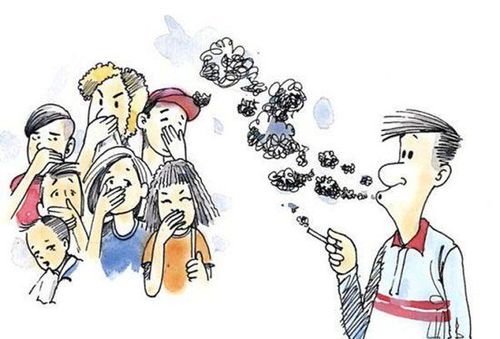
Hút thuốc lá thụ động có nguy cơ gây bệnh phổi tắc nghẽn mạn tính
2. Rehabilitation of chronic lung disease
Mobility exercises with chronic lung disease are remarkably effective in helping to alleviate symptoms of dyspnea, prevent complications of the disease, and improve patients' quality of life. Commonly used rehabilitation methods include:2.1 Clear phlegm, clear airways
The purpose of these exercises is to help the patient know how to remove sputum and bronchial secretions to open the airways. Patients who have a lot of sputum that obstructs breathing or who have difficulty in spitting up sputum can apply the following 2 techniques:Controlled cough
Normally, coughing is a protective reflex of the body, expelling harmful substances. foreign body out of the body. For patients with chronic obstructive pulmonary disease, the cough makes the patient tired, difficult to breathe, ... To replace the usual cough, the patient can apply controlled coughing techniques. This is a technique that helps expel sputum, clears the airways and does not make the patient breathless or tired. The controlled cough technique is performed as follows:
Patient is seated in a chair or bed, in a comfortable position; Inhale slowly, deeply; Hold your breath for a few seconds; Cough twice: The first time to loosen the phlegm, the next time to push the phlegm out; Inhale slowly, gently, purse your lips a few times, and then continue to repeat the cough movement. Note: When applying the controlled cough technique, the patient should spit sputum into a vial for testing or spit into a tissue and throw it in the trash to avoid infection. At the same time, when there is a feeling of wanting to cough, the patient should not hold the cough but need to perform this technique to clear the sputum out. For patients with weak cough force, it can be replaced with a strong exhalation technique.
Strong exhalation
Weak, tired patients who do not have enough force to cough can use forceful exhalation instead of controlled coughing. Do this technique as follows:
Inhale slowly and deeply; Hold your breath for a few seconds; Exhale forcefully, lengthen; Inhale gently, breathe evenly a few times and then repeat the above manipulations. Note: In order for the forceful exhalation technique to effectively support sputum clearing, patients should drink enough water every day (1 - 1.5 liters), especially patients with oxygen breathing or hot weather. sweat a lot. At the same time, patients should only use expectorants or expectorants, not drugs that suppress cough.
2.2 Mobility exercises for chronic lung disease
Each session of chronic lung disease rehabilitation usually lasts at least 30 minutes, including 3 phases: warm-up (gradual increase in heart rate, breathing rate and body temperature, helping the body adapt to movement), exercise and exercise. Perform hand - foot exercises and relax (gradually reduce heart rate, breathing rate to return the body to normal). The procedure is as follows:Warm-up
The warm-up step usually includes gentle hand and foot movements to increase body temperature, preparing for the main movement. Warm-up movements include:
Stand up straight, spread your arms at shoulder height, place your hands on your shoulders, then turn your body to the right, inhale. Then return to the starting position and exhale. Then repeat the movement but rotate to the left. Perform 10 times; Stand up straight, bring your hands in front of you, turn your body to the right, inhale, then return to the starting position and exhale. Then, repeat this movement but rotate to the left. Perform 10 times; Stand up straight, raise your arms up high, inhale. Then return to the starting position and exhale. Continue to repeat the movement over 10 times. For patients with chronic obstructive pulmonary disease who cannot stand for a long time, they can warm up while sitting in a chair according to the following instructions:
Sit in a chair, raise your hands up high, turn your body and bring your right hand to your left foot, breathe in. Then return to the starting position and exhale. Next, repeat the movement but do it with the left hand touching the right foot. Perform 10 repetitions; Sit on a chair, hold the chair with your hands, raise your right leg up, knees bent, and inhale. Then return to the starting position and exhale. Next, repeat the movement above but do the left leg lift. Do 10 repetitions. Perform exercise
Mobility and rehabilitation of chronic lung disease including exercises for arms and legs. Hand exercises help increase strength and flexibility for the muscles in the shoulders and arms, thereby providing good support for respiratory movements and convenient for daily activities. And leg exercises help strengthen the muscles in the legs, improve body flexibility, improve heart - lung function,... Exercises include:
Movement to increase endurance: Exercise performing repetitive movements in a prolonged way to help the body be durable, supple, and have good stamina: Hand exercises: Using a hand crank; Exercises for legs: Rolling mat, cycling, walking,...; Movement to increase muscle strength: Perform movements with resistance or weight bearing to strengthen the necessary muscle groups: Hand exercises: Lifting weights. Initially, you can lift light objects instead of dumbbells, weighing about 500g such as water bottles, then gradually increase to 1kg, 2kg weights,...; Leg exercises: Balance, sit - stand, take the stairs, lift legs with gravity,... Relax
After performing the main motor exercises, the patient needs to do light movements Slowly, slowly so that the body gradually returns to its normal state before stopping the exercise. In the relaxation phase, the patient can perform stretching - stretching movements such as:
Sit on the bed, one leg straight. Perform a forward bend, keeping the knee straight until you feel pain in the knee; Stand at the door frame, hands and shoulders in the door frame, one foot out. Push yourself forward until you feel a stretch in your chest muscles; Bend your arms, bring your elbows up, and bring them close to your ears. Use your other hand to gently push your elbow back until you feel a stretch.
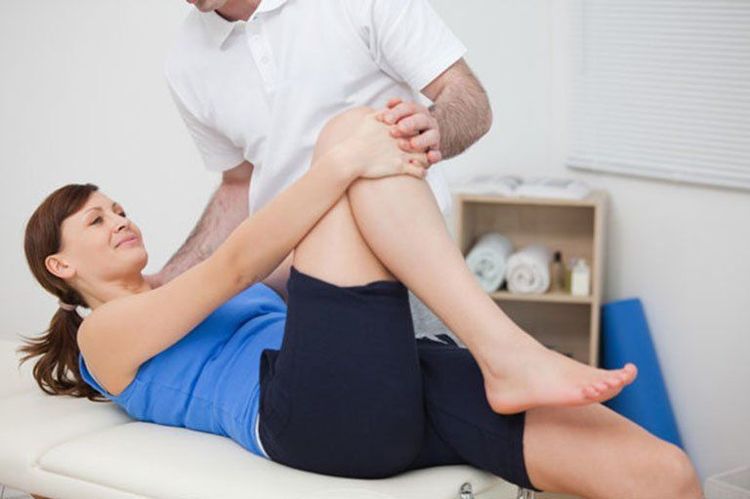
Vận động phục hồi chức năng bệnh phổi mạn tính bao gồm cả bài tập cho tay và chân
2.3 Principles of safe and effective movement
Consult a respiratory specialist before starting exercise; Should go to practice in rehabilitation centers for guidance and supervision; You should only practice as much as you can, not overdo it. When you feel tired while exercising, you can take a short break and then resume exercise; Each patient will have differences in disease severity, comorbidities, general health status, etc., so they will have their own type of exercise, intensity of exercise and speed of exercise; Need to persevere in training because the effect can usually only be seen after a few weeks (6 - 8 weeks and need to practice at least 3 times a week, at least 30 minutes each session); Should set a target for each exercise, the next time should be higher than the previous one to increase mobility. If you do not complete the goal, you should not be disappointed or discouraged; During the exercise, it is necessary to perform the pursed-lip breathing movement with the exhalation time twice as long as the inhalation time; Do not eat too full within 1-2 hours before exercise, should drink enough water during exercise; If breathing is difficult during exercise, you should slow down your breathing, focus on pursed-lip breathing to get enough oxygen needed for the body; Stop exercising if the following symptoms appear: Chest pain, shortness of breath after stopping for a few minutes, leg pain like spasms, unsteadiness, dizziness, sweating, etc. Proper exercise in pulmonary rehabilitation treatment Chronic disease has great significance for improving the patient's quality of life. When following the exercises, the patient needs to be persistent, follow the instructions of the medical staff, and at the same time focus on living and eating healthy to ensure the best treatment effect.If you have a need for consultation and examination at Vinmec Hospitals under the nationwide health system, please book an appointment on the website for service.
Please dial HOTLINE for more information or register for an appointment HERE. Download MyVinmec app to make appointments faster and to manage your bookings easily.




